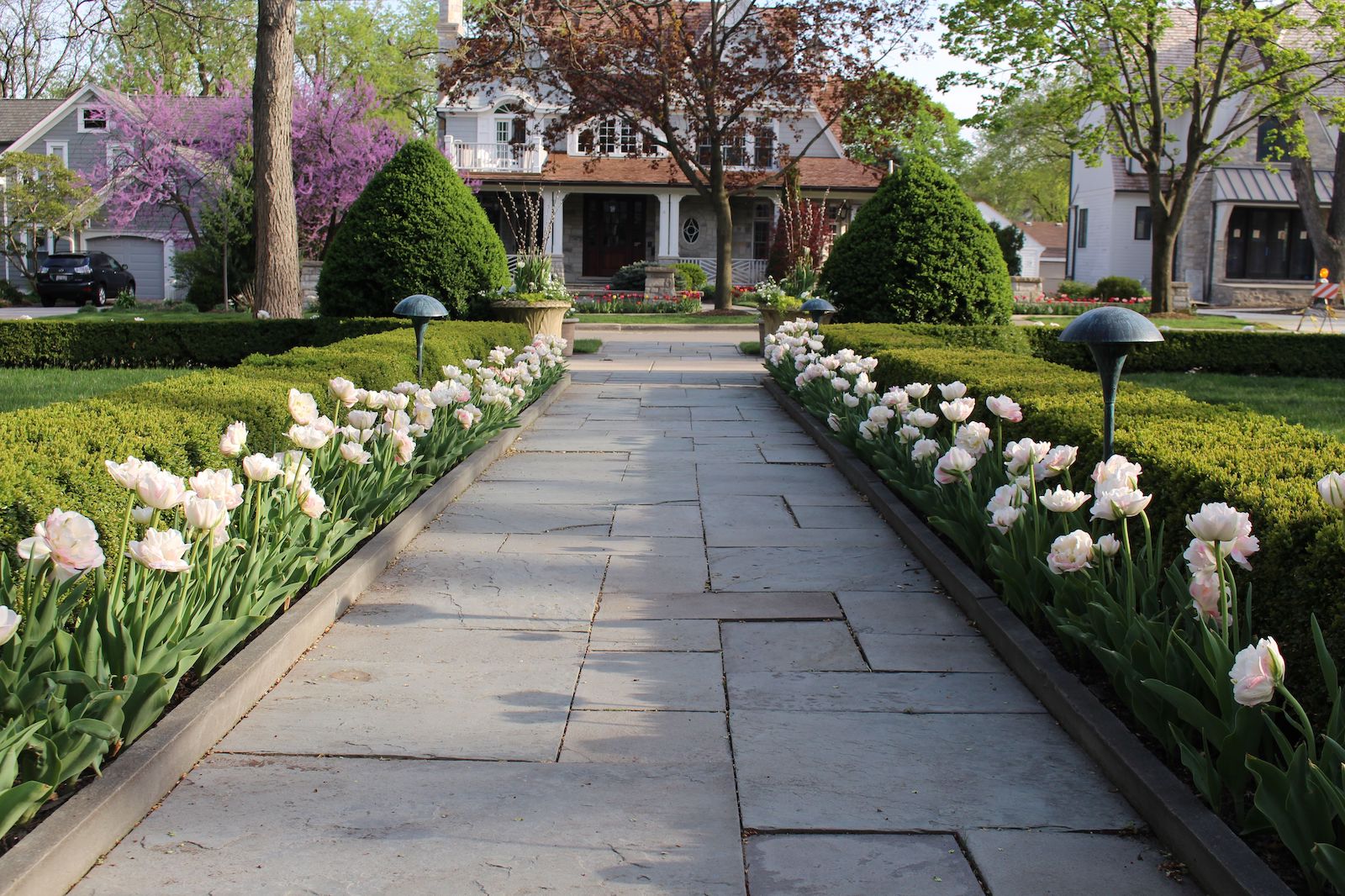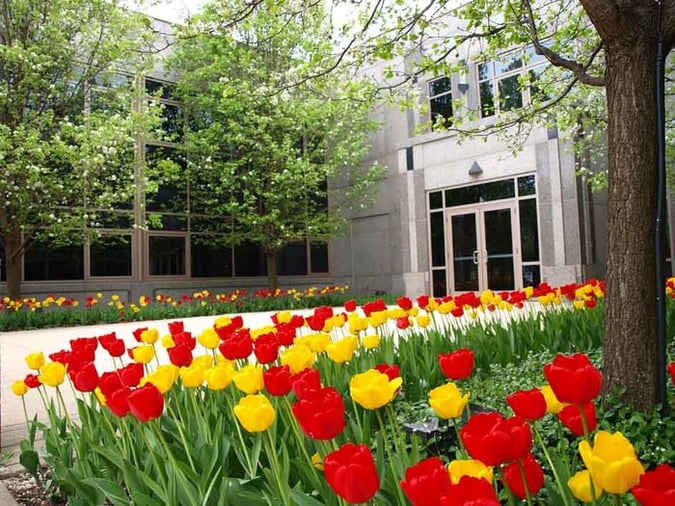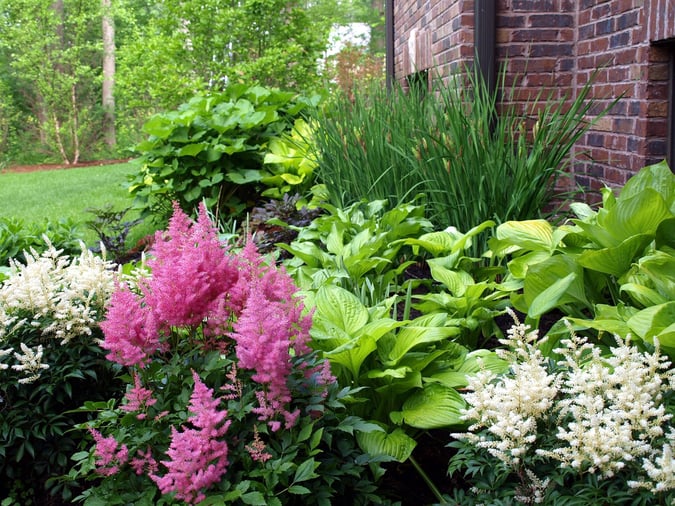
An Introduction to Flower Bulbs

Bulbs signal the start of spring and provide a welcome, colorful sight after a long winter. Read on to learn more about different bulb species, their life cycle, and how to properly plan your bulb garden.
Growth and Distribution
Most bulbs, such as tulips, daffodils, and hyacinths, are grown in the Holland region of the Netherlands. During the summer, they start to go dormant, and it is during this time that they are shipped throughout the world for fall planting.
In the US, after they are put into the ground, they start developing root systems anywhere from October to December. They need at least 45 days below 45° to bloom in the spring. If they don’t receive this, they will still grow, but they won’t produce flowers.

Spring and Summer Growth
In the early spring, both snow melt and rain create the wet environment that bulbs thrive in and they often start to bloom as early as March and April. However, their growth is primarily triggered by the sun.
During the summer, the bulbs will begin to go dormant, but it’s important not to cut down these plants for 6-8 weeks after blooming as the leaves are still photosynthesizing. The bulb acts as food and the entire plant is replenishing itself so that it can survive the winter.
Some bulbs species will come back year after year, but other bulb species diminish in appearance and size, and they often need to be replaced after a few seasons.

Types of Bulbs
Tulips are some of the most popular bulbs because of their variety and beauty, but they are essentially treated as annuals because they will diminish over time. Crocuses are also a popular option but homeowners will need to be cognizant of the fact that both tulips and crocuses are a favorite of wildlife and will need to create some kind of fencing or other protection for them.
Snowdrops and blue scilla are usually the earliest to bloom because their roots are closer to the surface and they are among the first to feel and react to the warmth of the sun. Scilla are a hardy plant that most animals refuse to eat, and homeowners in the northern Chicago suburbs will often see these growing along Sheridan Road.
Alliums, daffodils, and chionodoxas are robust and reliable plants that grow back year after year and will often sprout additional blooms each season. Alliums will be some of the latest bloomers, often showing up in May.
Muscari are a unique bulb because they will bloom and produce leaves in the spring, and then they will sprout a second set of leaves in the fall, all in an effort to collect energy from the sun.
Ideal Time for Planting and Transplanting
Bulbs can be planted up until the ground freezes so any time between summer and early winter is ideal for them to go in the ground.
However, if homeowners are looking to transplant them, it’s better to move them in the spring when it’s easier to see the bulb. If they wait until the plant has gone dormant, it’s a guessing game as to where they’re located underground. With proper technique, most bulbs can do quite well after being transplanted.
Bulbs for Your Landscape
Bulbs bring a landscape to life after a dreary winter. With proper planning, homeowners can enjoy a bulb garden from early to late spring. For example, snowdrops will bloom in February, carpets of scilla will sprout in March and April, and a variety of colorful daffodils will carry a garden into May.
If you’d like to find bulbs that are perfect for your landscape, contact us today and we’ll help you choose from the hundreds of stunning varieties available.

Emily Martin
